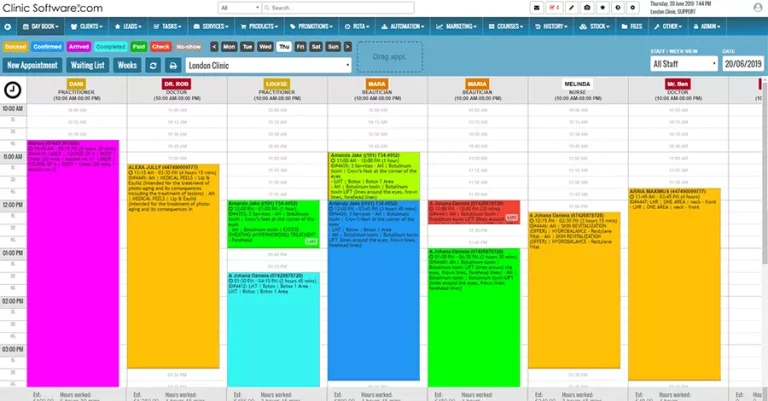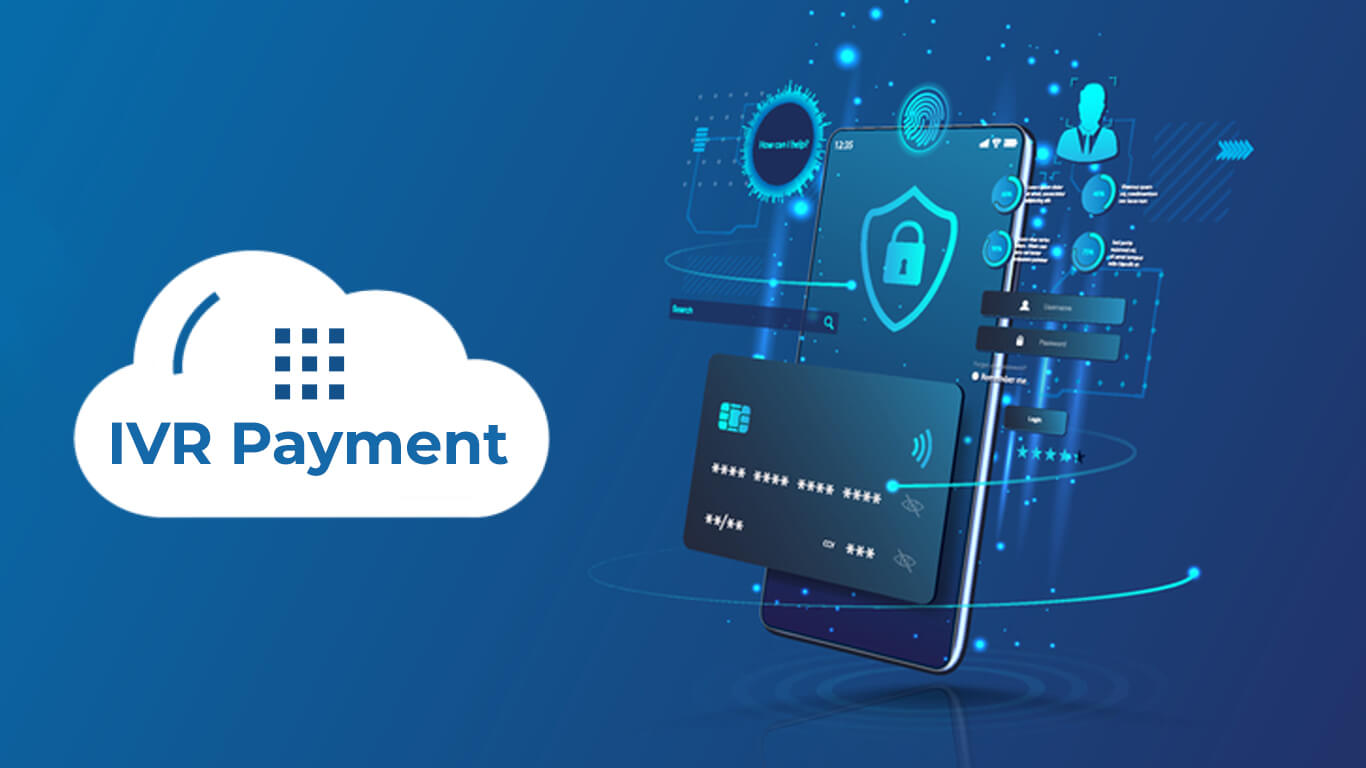Automate your sales, marketing, and service in one platform. Avoid data leaks and enable consistent messaging. Get started with your Clinic Software Telephony Integration today.
Get in Touch
Learn more detail about CRM Integration with your phone system from our expert team.
Application Information:
- Manufacturer:
- Clinic Software
- CRM:
- Clinic Software
- Market/Sector:
- General CRM
- Version:
Other Informations:
- Operation System:
- Windows
- Installation Option:
- Optional
- Product:

Supported Features (related to latest supported release)
- Address book search:
- Caller details preview:
- Manual screen pop:
- Click to dial via Sipdesk Integrator:
- Additional features:
- Click to dial via Go Integrator:
- Auto Screen Pop:
- Manual call activity logging:
- Automatic call activity logging:
- Integration with Notes:
Get in Touch
Learn more detail about CRM Integration with your phone system from our expert team.
Description
Introduction to Clinic Software Telephony Integration
Clinic Software Telephony Integration refers to the seamless integration of telephony systems with clinic management software to enhance communication and streamline operations in healthcare settings. By integrating telephony features such as call routing, call queuing, and call tracking into clinic software, healthcare providers can improve patient engagement, optimize appointment management, and enhance overall efficiency. This integration enables clinics to leverage the power of telephony technology to enhance their existing software solutions and provide a superior patient experience.
Benefits of Telephony Integration for Clinics
Telephony integration offers numerous benefits for clinics and healthcare providers. Firstly, it streamlines communication with patients by allowing staff to handle calls efficiently, reducing wait times, and enhancing patient satisfaction. Through features like automatic call routing, calls can be directed to the right department or individual, ensuring that patients reach the appropriate staff member for their specific needs.
Moreover, telephony integration enhances appointment management by automating processes such as appointment reminders, rescheduling, and cancellations. It allows clinics to send automated notifications to patients via phone calls, reducing no-show rates and optimizing appointment utilization. Additionally, call tracking and recording capabilities enable clinics to monitor and analyze phone interactions, facilitating quality assurance, staff training, and improving overall patient experience.
Streamlining Communication with Patients
Clinic Software Telephony Integration streamlines communication with patients by providing features such as automated call routing and queuing. Calls can be intelligently directed to the appropriate department or staff member based on predefined rules or caller inputs, ensuring that patients reach the right person quickly and efficiently. This eliminates the need for patients to navigate through complex phone menus or be transferred multiple times, improving their overall experience and reducing frustration.
Enhancing Appointment Management
Telephony integration plays a crucial role in enhancing appointment management in clinics. With automated appointment reminders, patients receive timely notifications about their upcoming appointments via phone calls, reducing no-show rates and maximizing the utilization of clinic resources. Additionally, telephony integration enables efficient rescheduling and cancellation processes, allowing staff to handle these tasks seamlessly over the phone, saving time and resources.
Automating Call Routing and Queuing
Clinic Software Telephony Integration automates call routing and queuing processes, ensuring that calls are directed to the right department or staff member. Through intelligent call routing algorithms, incoming calls can be intelligently routed based on predefined rules such as caller ID, IVR inputs, or specific keywords. This ensures that patients are quickly connected to the appropriate staff member, minimizing wait times and optimizing staff efficiency.
Tracking and Recording Phone Interactions
Telephony integration enables clinics to track and record phone interactions for quality assurance, training, and compliance purposes. Call tracking allows clinics to monitor call volumes, response times, and call durations, providing valuable insights for optimizing staff allocation and identifying areas for improvement. Call recording capabilities facilitate staff training and ensure compliance with regulatory requirements, as recorded calls can be reviewed for accuracy, adherence to protocols, and quality of patient care.
Improving Staff Efficiency and Productivity
By integrating telephony features into clinic software, staff efficiency, and productivity can be significantly improved. Clinic Software Telephony Integration enables staff members to handle calls more efficiently by providing easy access to patient information, appointment schedules, and relevant clinical data within the software interface. This eliminates the need to switch between different systems and enhances workflow continuity, resulting in time savings and improved staff productivity.
Integration with Electronic Health Records (EHR) Systems
Integration between telephony and Electronic Health Records (EHR) systems is a valuable aspect of Clinic Software Telephony Integration. When a call is received, the integration can automatically pull up the patient’s EHR record, enabling staff members to have relevant information readily available during the conversation. This integration eliminates the need for manual search and data entry, reducing the risk of errors and ensuring accurate and up-to-date patient information.
Ensuring HIPAA Compliance and Data Security
Clinic Software Telephony Integration takes into account the importance of HIPAA compliance and data security in healthcare settings. Telephony systems integrated with clinic software should adhere to strict security protocols, ensuring the protection of patient information during call handling, recording, and storage. By implementing robust security measures and encryption standards, clinics can maintain compliance with HIPAA regulations and safeguard patient privacy.
Customization and Configuration Options
Telephony integration solutions for clinics often offer customization and configuration options to adapt to specific clinic workflows and requirements. These options may include the ability to define call routing rules, personalize IVR (Interactive Voice Response) menus, customize call scripts, and configure reporting and analytics features. By tailoring the telephony integration to the unique needs of the clinic, healthcare providers can optimize its effectiveness and align it with their operational objectives.
Seamless Integration with Existing Clinic Software
Clinic Software Telephony Integration solutions are designed to seamlessly integrate with existing clinic software, such as practice management systems or Electronic Health Records (EHR) systems. This integration ensures a smooth and unified user experience, eliminating the need for staff members to switch between different software applications or interfaces. By integrating telephony seamlessly, clinics can leverage their existing software investment while adding powerful communication capabilities.
Case Studies: Successful Implementation of Telephony Integration
Examining case studies of successful telephony integration implementations in clinics can provide valuable insights and real-world examples of how this technology has benefited healthcare providers. These case studies showcase the challenges faced by clinics, the goals they aimed to achieve with telephony integration, and the positive outcomes they experienced in terms of patient satisfaction, staff efficiency, and operational improvements. By learning from these success stories, clinics can gain inspiration and best practices for their telephony integration initiatives.
Considerations for Choosing a Telephony Integration Solution
When selecting a telephony integration solution for a clinic, several factors should be considered. These may include compatibility with existing phone systems, scalability to accommodate future growth, ease of implementation and user-friendliness, integration capabilities with clinic software, cost-effectiveness, and availability of support and maintenance services. By thoroughly evaluating these considerations, clinics can make an informed decision and choose a telephony integration solution that aligns with their specific needs and goals.
Implementation and Support Process
Implementing Clinic Software Telephony Integration involves several steps, including system setup, configuration, and testing. The integration solution provider typically offers implementation services and support to guide clinics through the process, ensuring a smooth transition and optimal system performance. Additionally, ongoing support services are crucial to address any technical issues, provide user training, and assist with customization or system enhancements. Choosing a solution provider that offers comprehensive implementation and support services is vital for a successful telephony integration implementation.
Future Trends and Innovations in Clinic Software Telephony Integration
The field of Clinic Software Telephony Integration continues to evolve, driven by technological advancements and changing healthcare needs. Future trends may include the integration of artificial intelligence (AI) capabilities, such as voice recognition for automated call handling or chatbot interactions, further enhancing the patient experience. Moreover, advancements in data analytics and machine learning can enable clinics to extract valuable insights from call data, leading to improved operational efficiency and better patient outcomes. Staying updated with these emerging trends can help clinics make informed decisions about their telephony integration strategy and explore new opportunities for enhancing their communication and operations.
FAQs
What is Clinic Software Telephony Integration?
Clinic Software Telephony Integration refers to the integration of telephony systems with clinic management software to enhance communication and streamline operations in healthcare settings. It enables features such as automated call routing, call queuing, call tracking, and call recording within the clinic software, improving patient engagement, appointment management, and overall clinic efficiency.
What are the benefits of Clinic Software Telephony Integration?
Clinic Software Telephony Integration offers several benefits, including streamlined communication with patients, enhanced appointment management, automated call routing and queuing, tracking, and recording of phone interactions, improved staff efficiency and productivity, integration with Electronic Health Records (EHR) systems, and ensuring HIPAA compliance and data security.
How does Clinic Software Telephony Integration improve patient communication?
By integrating telephony features into clinic software, patients experience improved communication through reduced wait times, automated appointment reminders, efficient call routing to the appropriate staff member, and seamless access to patient information during phone interactions. These enhancements enhance patient satisfaction and engagement.
Can Clinic Software Telephony Integration help with appointment management?
Yes, telephony integration optimizes appointment management by automating processes such as appointment reminders, rescheduling, and cancellations. It enables clinics to send automated notifications to patients via phone calls, reducing no-show rates, maximizing appointment utilization, and facilitating efficient management of appointment schedules.
Is Clinic Software Telephony Integration compatible with existing clinic software?
Yes, telephony integration solutions are designed to seamlessly integrate with existing clinic software, such as practice management systems or Electronic Health Records (EHR) systems. This integration ensures a unified user experience and eliminates the need for staff members to switch between different software applications or interfaces.
How secure is Clinic Software Telephony Integration?
Clinic Software Telephony Integration takes data security and HIPAA compliance seriously. Reputable telephony integration solutions implement robust security measures and encryption standards to protect patient information during call handling, recording, and storage. Compliance with HIPAA regulations ensures the privacy and security of patient data.
What customization options are available with Clinic Software Telephony Integration?
Telephony integration solutions often offer customization and configuration options. These may include defining call routing rules, personalizing IVR (Interactive Voice Response) menus, customizing call scripts, and configuring reporting and analytics features. Customization allows clinics to tailor the telephony integration to their unique workflows and operational requirements.
How is Clinic Software Telephony Integration implemented and supported?
Implementing Clinic Software Telephony Integration involves system setup, configuration, and testing. Telephony integration solution providers typically offer implementation services and ongoing support to guide clinics through the process, address technical issues, provide user training, and offer maintenance services to ensure optimal system performance.
What are the future trends in Clinic Software Telephony Integration?
Future trends in Clinic Software Telephony Integration may include the integration of artificial intelligence (AI) capabilities, such as voice recognition for automated call handling or chatbot interactions. Advancements in data analytics and machine learning can also provide valuable insights from call data, leading to improved operational efficiency and better patient outcomes.
How can clinics choose the right telephony integration solution?
When choosing a telephony integration solution, clinics should consider factors such as compatibility with existing phone systems, scalability, ease of implementation and user-friendliness, integration capabilities with clinic software, cost-effectiveness, and availability of support and maintenance services. A thorough evaluation of these factors will help clinics make an informed decision and choose a solution that meets their specific needs and goals.




